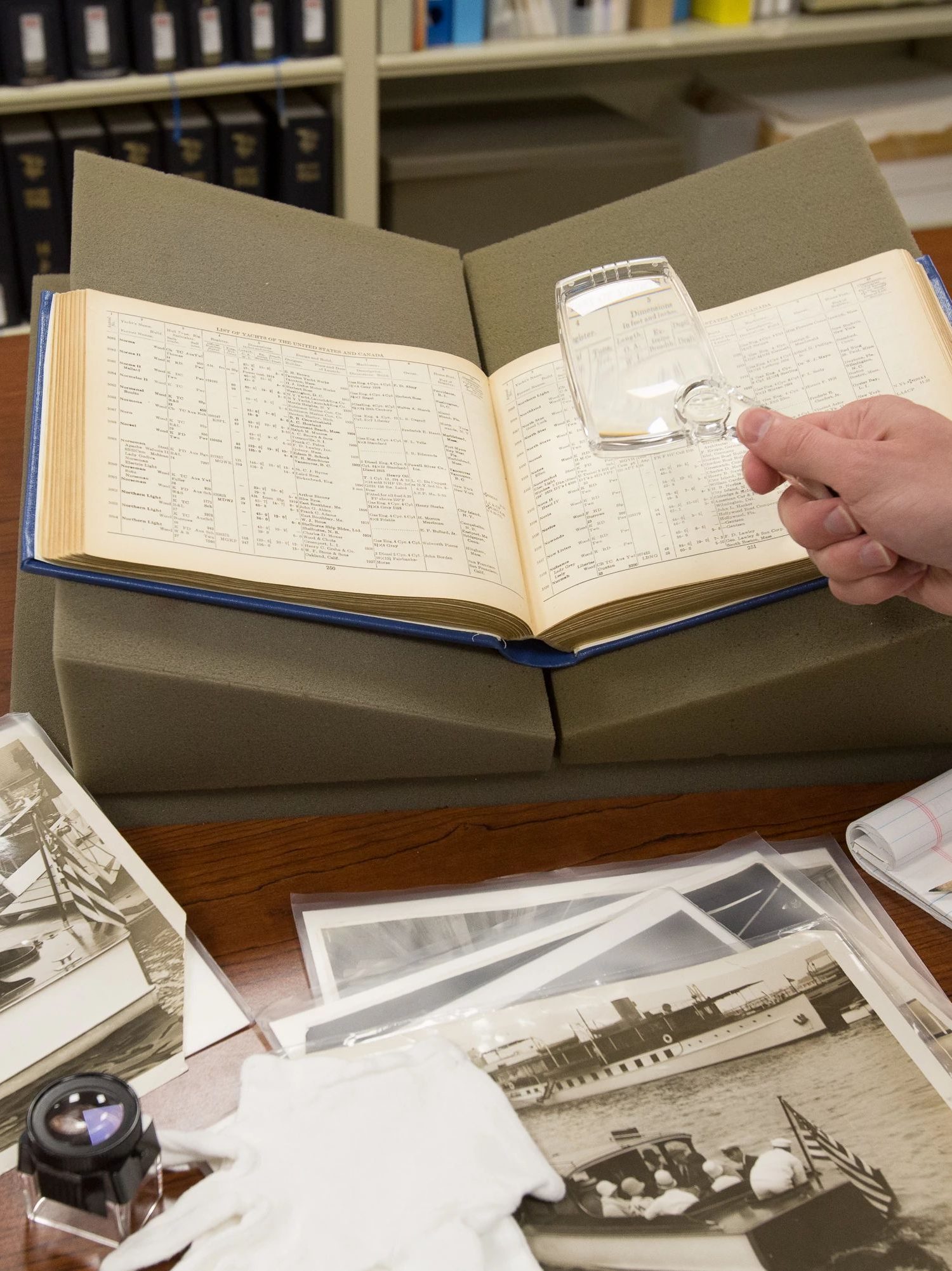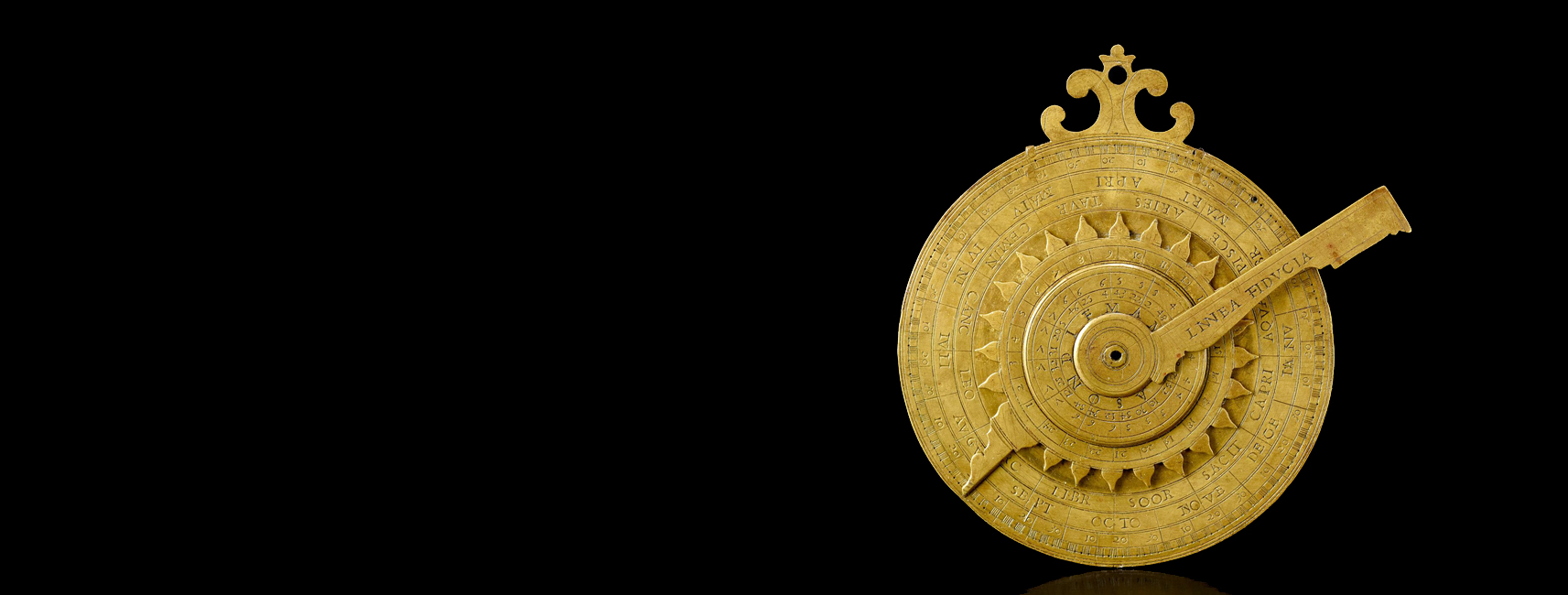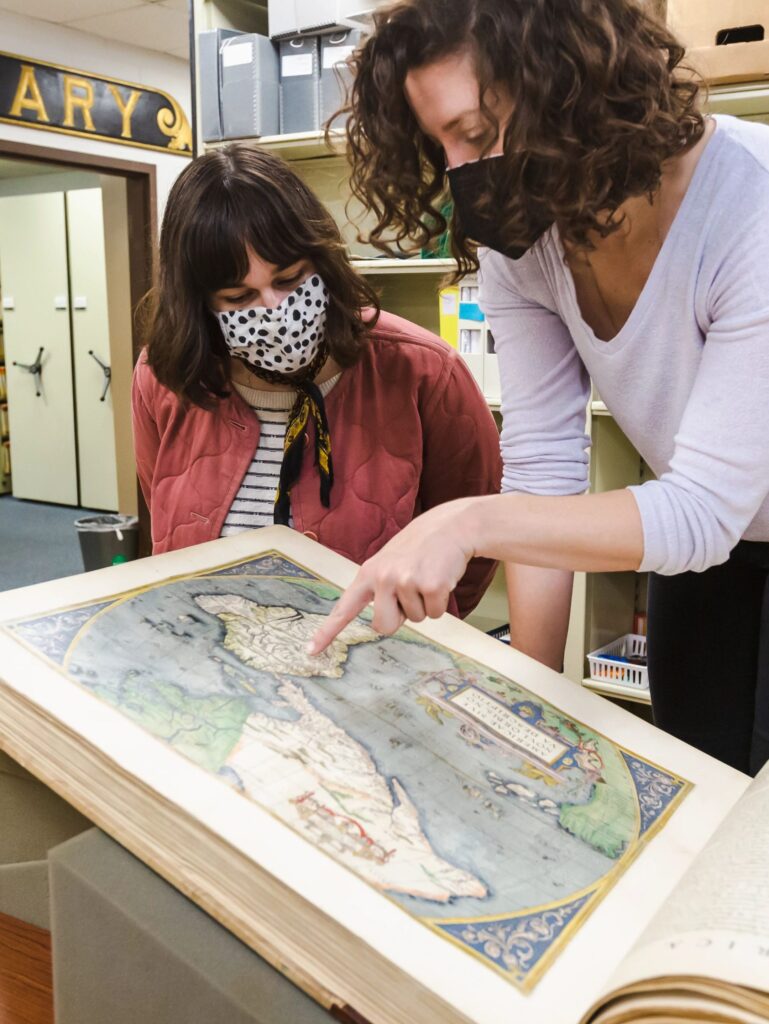Important Notice:
Delayed Response Time Due to Freezer Installation
Due to the construction and installation of a freezer to better house our Collection, please expect delays in our response time through September 2025. Thank you for your patience as we work to preserve our materials for future generations. This delay applies to requests for: research materials, imaging licensing, object retrieval, digitization, Chris Craft materials, and behind-the-scenes tours.
The Mariners’ Museum and Park maintains a vast collection of objects, books, and archival materials that we display and use in our programs. Additionally, we support a wide range of research requests from people in our local, national, and global communities. Our Collection is unique in that we have both local and international significance and scope, making it one of the largest maritime history collections in North America.
The Mariners’ team assists diverse audiences, including
- publishers, editors, and authors;
- boat builders and modelmakers;
- professional and amateur researchers;
- genealogists and family historians;
- staff from other museums;
…and anyone with a maritime connection.

Explore Our Collection
Do you want to explore our Collection before contacting us? Browse our online collection and see all the amazing paintings, prints, and objects in our Collection.

Research Services Areas

Contact us and make a connection
We are here to help! See below for more information about our different areas of research, or if you are not sure where your inquiry should land, feel free to complete an online form. A staff member will gladly steer your question to the proper person.
